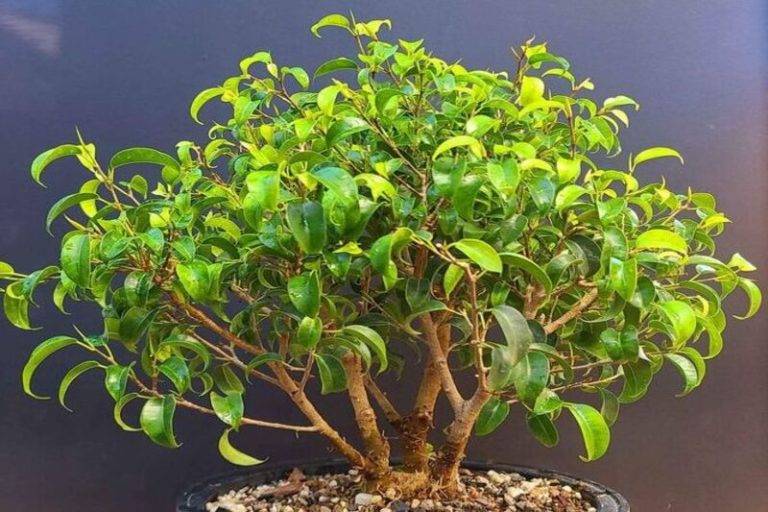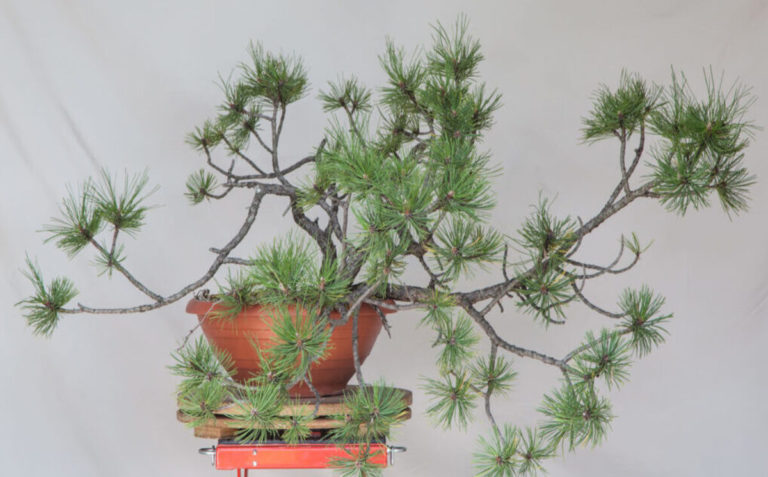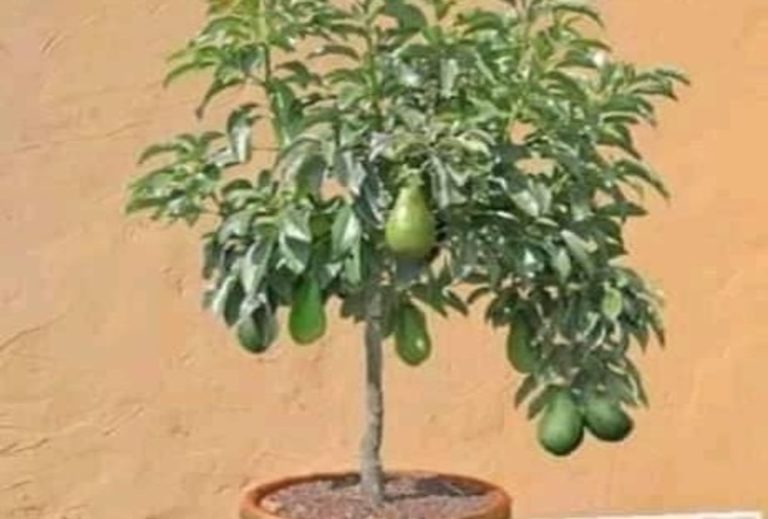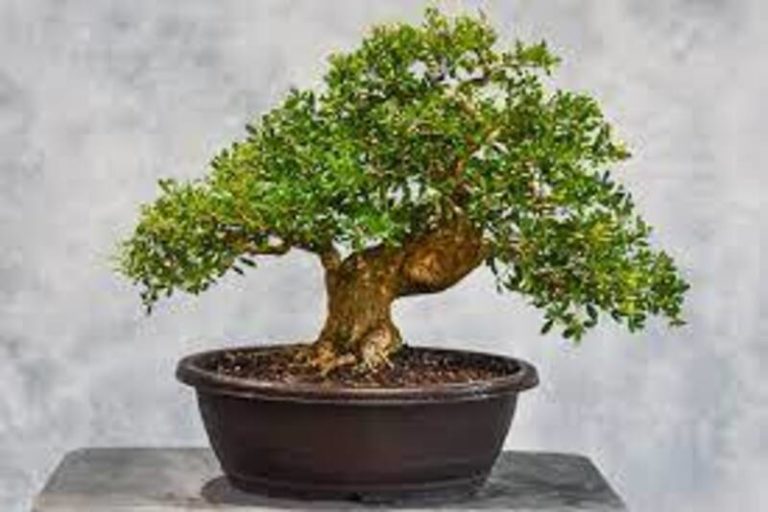Bonsai Gold: An Investment Opportunity Worth Exploring
Have you heard of Bonsai Gold? It’s a unique investment opportunity that combines the beauty of bonsai trees with the security of gold. In this article, we’ll explain what Bonsai Gold is, its benefits, how to buy and care for it, and what the future holds for this investment opportunity.
What is Bonsai Gold?
Bonsai Gold is a combination of a bonsai tree and a gold bar or coin. Bonsai trees are miniature trees that are grown in small pots and trained to have a specific shape. They originated in Japan and have become popular around the world as a hobby and art form. Gold, on the other hand, is a precious metal that has been used as a form of currency and a store of value for centuries.
When combined, bonsai trees and gold create a unique investment opportunity that offers both aesthetic and financial value. The bonsai tree provides an attractive display piece that can be enjoyed for years to come, while gold offers a tangible asset that can act as a hedge against inflation and currency fluctuations.
History of Bonsai Gold
Bonsai Gold has roots in both the early days of bonsai cultivation and the widespread adoption of gold as money and a store of wealth.
Bonsai trees have been cultivated in Japan for centuries, with evidence extending back to the sixth century. Bonsai trees were initially cultivated for religious and aesthetic purposes, with affluent Japanese aristocrats accumulating and displaying them as symbols of status and refinement.
Bonsai devotees from all over the world now cultivate and exhibit miniature trees in a variety of styles. In recent years, bonsai trees have grown in popularity as a hobby and an art form, with exhibitions and competitions conducted all over the globe.
In contrast, gold has served for ages as both a medium of exchange and a means of protecting wealth. Gold’s history as a store of value and medium of trade predates even the Egyptians, who first utilized it to create jewelry and other ornaments.
In modern times, gold has remained a popular investment option, particularly during times of economic uncertainty. Gold is seen as a safe haven asset, as its value tends to increase during periods of market volatility and economic turmoil.
The combination of bonsai trees and gold into Bonsai Gold is a relatively recent development that has grown in popularity in recent years. By combining the beauty of a miniature tree with the security of gold, Bonsai Gold offers a unique investment opportunity that is both aesthetically pleasing and financially valuable.
Today, Bonsai Gold is enjoyed by bonsai enthusiasts and investors around the world, with a variety of styles and designs available to suit different tastes and budgets. Whether as a hobby, a decorative display piece, or an investment opportunity, Bonsai Gold continues to capture the imagination of people around the world.
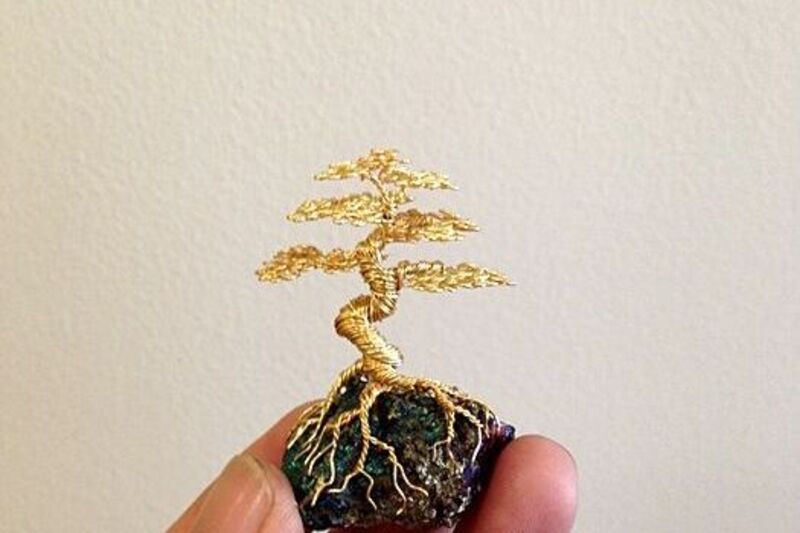
Benefits of Investing in Bonsai Gold
If you’re seeking for a rare and lucrative investment opportunity, consider Bonsai Gold. Some of the most important upsides to buying Bonsai Gold are as follows:
Tangible Asset: Bonsai Gold is a tangible asset, meaning it can be held and stored physically. Unlike stocks, bonds, or other financial assets, Bonsai Gold provides investors with a physical asset that they can see and touch.
Beauty and Aesthetics: Bonsai Gold is not only a valuable investment but also a beautiful decorative piece. The combination of a miniature tree and gold creates a unique and visually appealing display that can add aesthetic value to any space.
Long-Term Investment: Bonsai trees have the potential to survive for decades, if not centuries, making them an excellent long-term investment. As the tree develops and matures, its value may skyrocket, making Bonsai Gold an investment with long-term potential.
Low Correlation to Traditional Assets: Bonsai Gold has a low correlation to traditional financial assets such as stocks and bonds. This means that investing in Bonsai Gold can help diversify an investor’s portfolio and reduce their overall risk.
Store of Value: Gold has been used as a store of value for generations, and Bonsai Gold allows investors to purchase both gold and a gorgeous ornamental object. This can act as a buffer against inflation and currency fluctuations, offering investors a secure refuge in times of economic turmoil.
Limited Supply: Bonsai trees are rare and take years of careful nurturing to grow. This limited supply makes Bonsai Gold a valuable investment that can be difficult to replicate or replace.
Investing in Bonsai Gold can offer investors a range of benefits, including a tangible asset, beauty and aesthetics, long-term investment potential, low correlation to traditional assets, a store of value, and limited supply. As a unique and valuable asset, Bonsai Gold can add diversity and value to an investor’s portfolio.
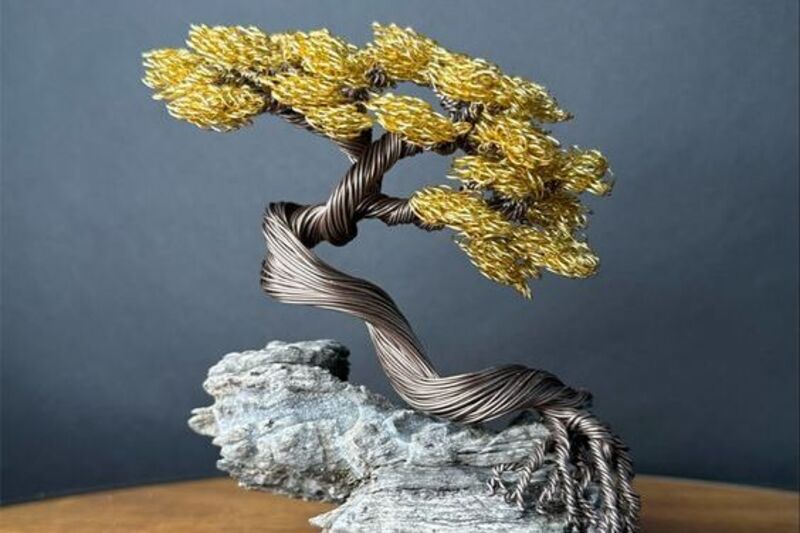
The Future of Bonsai Gold
The future of Bonsai Gold looks promising as more people become interested in bonsai cultivation and investment in gold. Bonsai Gold trees have become increasingly popular due to their unique beauty, symbolism, and investment potential.
As the demand for Bonsai Gold trees rises, new and inventive approaches for developing and caring for these trees are anticipated. Technology advancements, such as the use of smart sensors to monitor soil moisture, temperature, and humidity levels, may possibly play a part in the future of Bonsai Gold.
Furthermore, while the global economy remains unstable, investing in gold as a safe-haven asset may grow more popular, thus increasing the value of Bonsai Gold trees. Furthermore, the emergence of sustainable and eco-friendly practices may result in the development of new, more ecologically friendly methods of extracting and refining gold, making Bonsai Gold even more enticing.
Overall, the future of Bonsai Gold appears to be bright, and we can expect to see continued growth and interest in these unique and valuable trees.
Conclusion
Bonsai Gold is an investment opportunity worth exploring. It offers the benefits of diversification, hedging against inflation and currency fluctuations, potential appreciation in value, low correlation to other assets, and aesthetic value. When buying and caring for Bonsai Gold, it’s important to consider factors such as the size, shape, and quality of both the bonsai tree and gold. The future of Bonsai Gold looks promising, but there are potential challenges and risks to consider.
FAQ:
Q: What is Bonsai Gold?
A: Bonsai Gold is a word used to describe a gold tree, which is simply a little gold bar cast in the shape of a bonsai tree.
Q: How do I care for a Bonsai Gold tree?
A: Regular watering, proper soil mix, adequate sunlight, moderate temperature and humidity levels, fertilizing during growing season, and pruning and shaping.
Q: Can I invest in Bonsai Gold?
A: Yes, Bonsai Gold trees are an investment in physical gold.
Q: How much does a Bonsai Gold tree cost?
A: Price varies from a few hundred to several thousand dollars.
Q: Where can I buy Bonsai Gold?
A: Online retailers, gold dealers, and bonsai nurseries.
Q: Is Bonsai Gold a good investment?
A: It can be a good investment, but research and market trends should be considered.
Q: How long do Bonsai Gold trees last?
A: Indefinitely if properly cared for and stored.
Q: Are Bonsai Gold trees difficult to care for?
A: Basic knowledge of bonsai cultivation and gold investment is required, but not particularly difficult.
Q: Can I create my own Bonsai Gold tree?
A: It is possible, but complex and time-consuming. Professional consultation is recommended.
Q: Is Bonsai Gold environmentally friendly?
A: Bonsai Gold trees are environmentally friendly as they are made from recycled or reclaimed gold.
Also Read:



